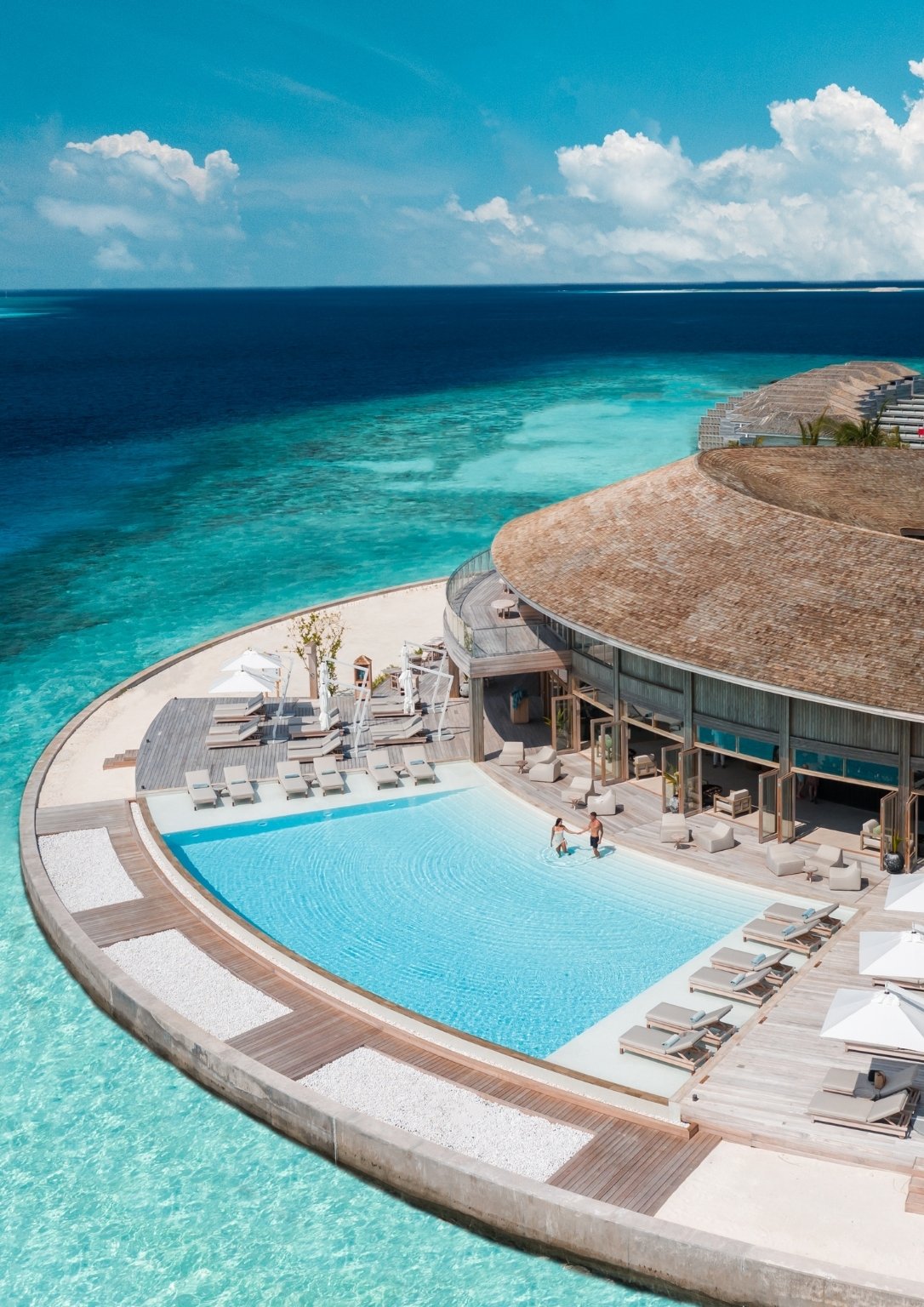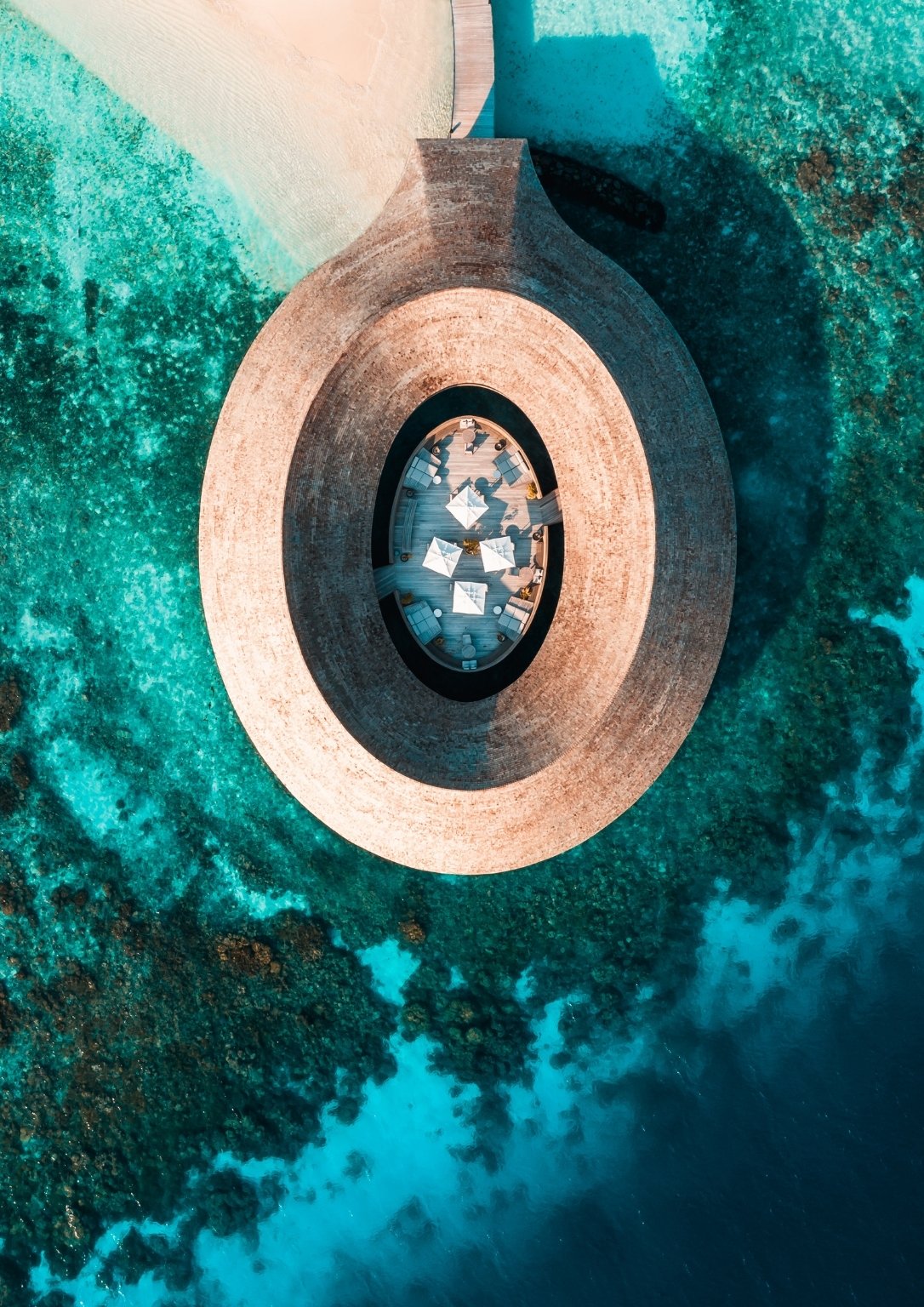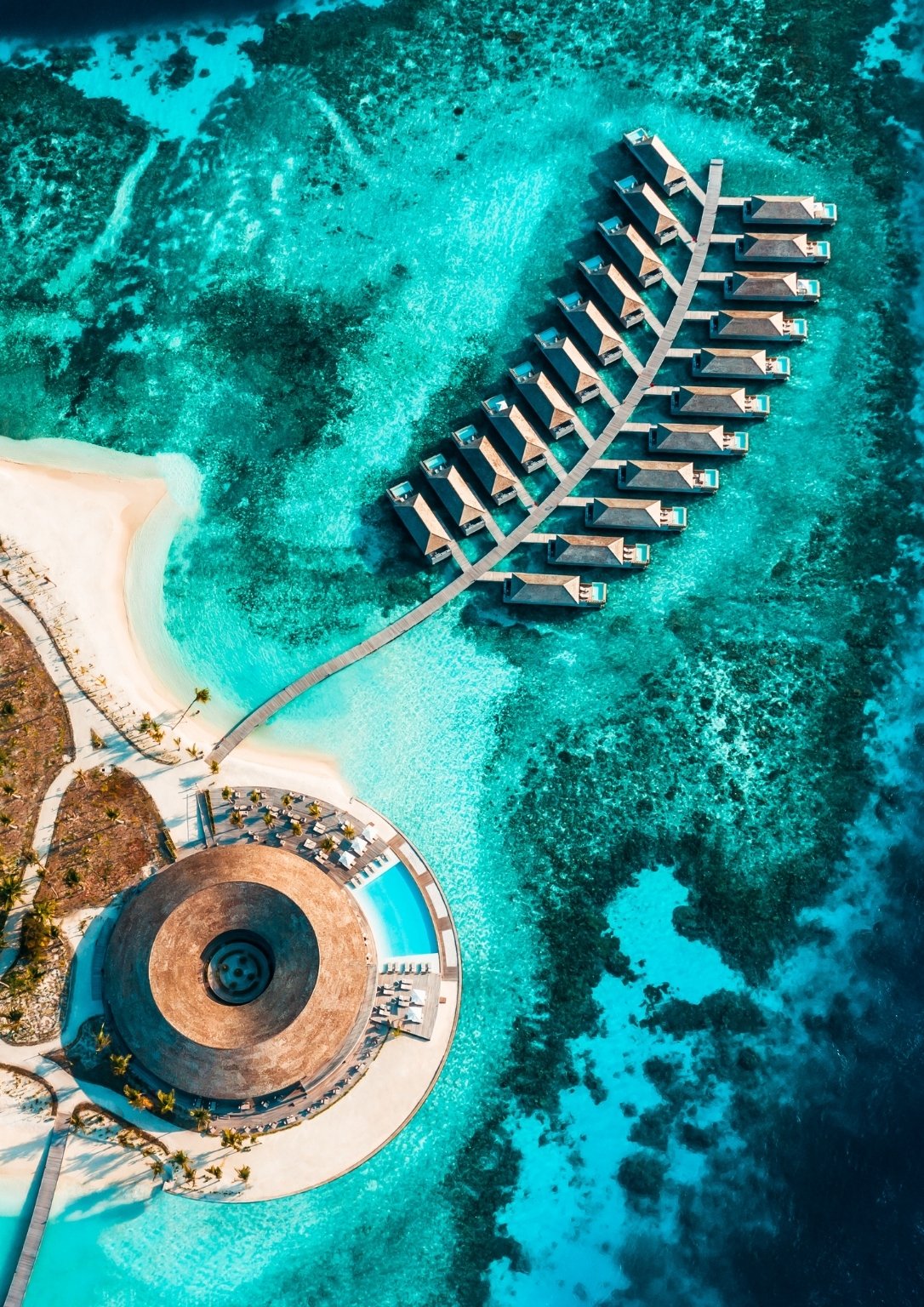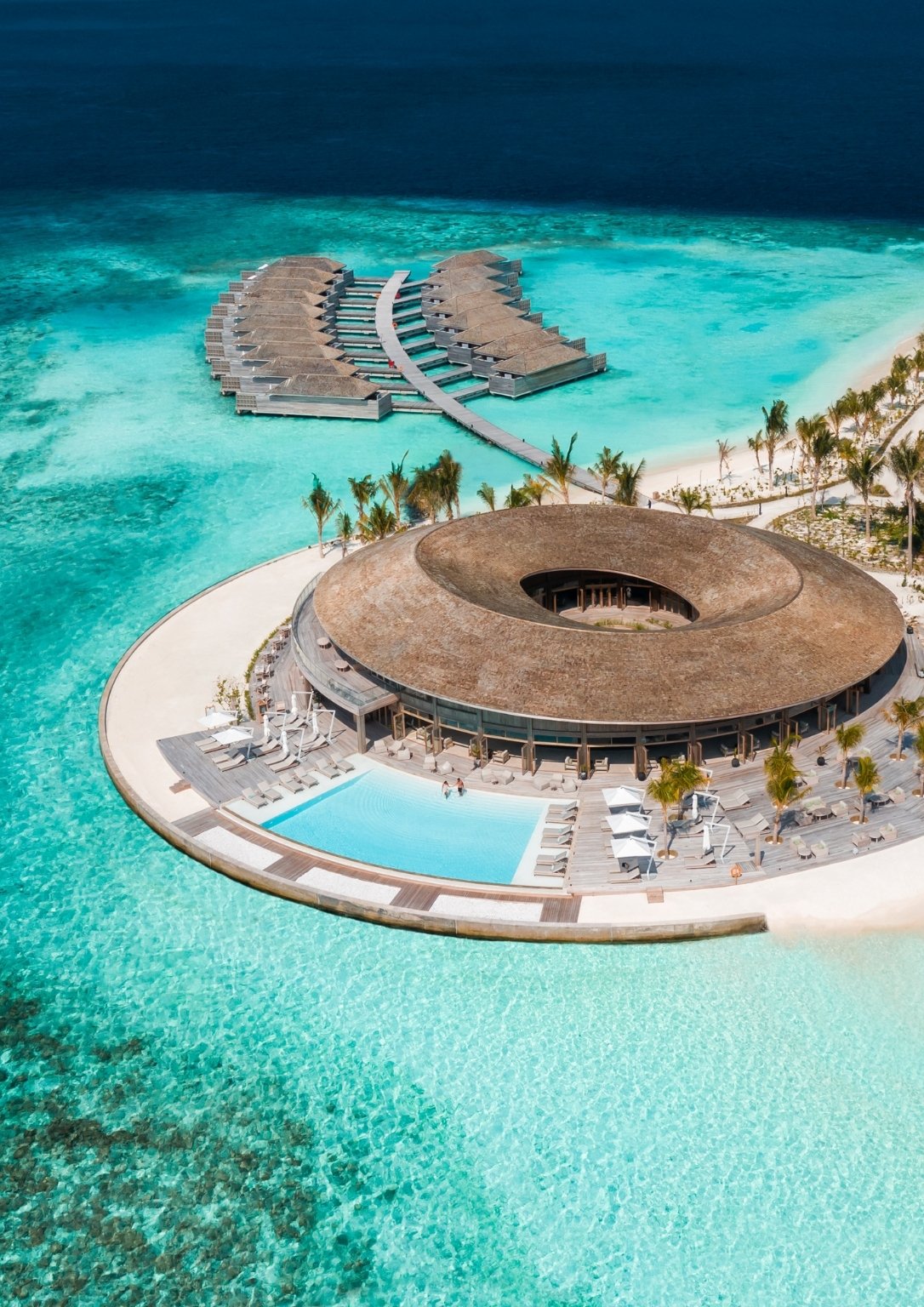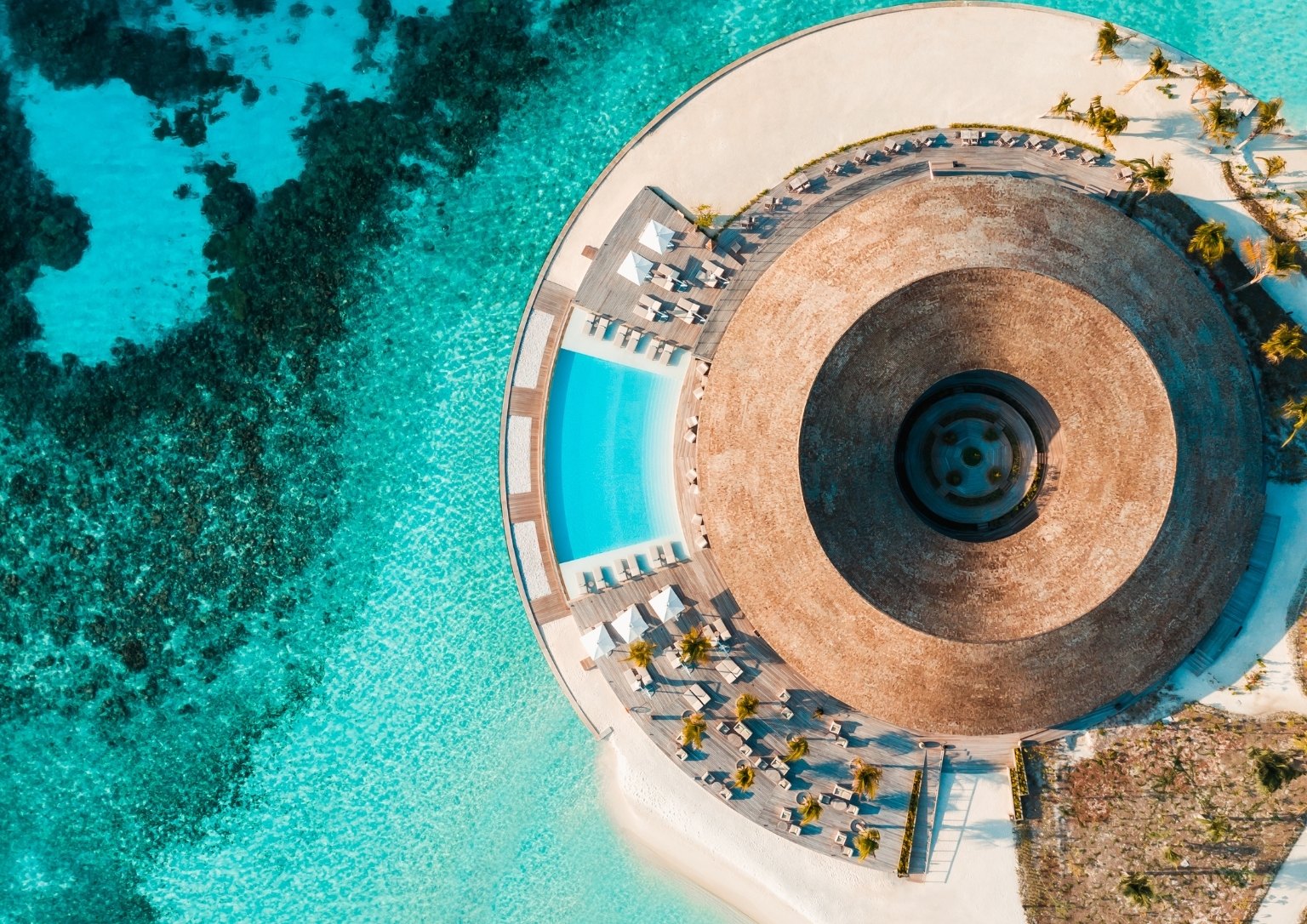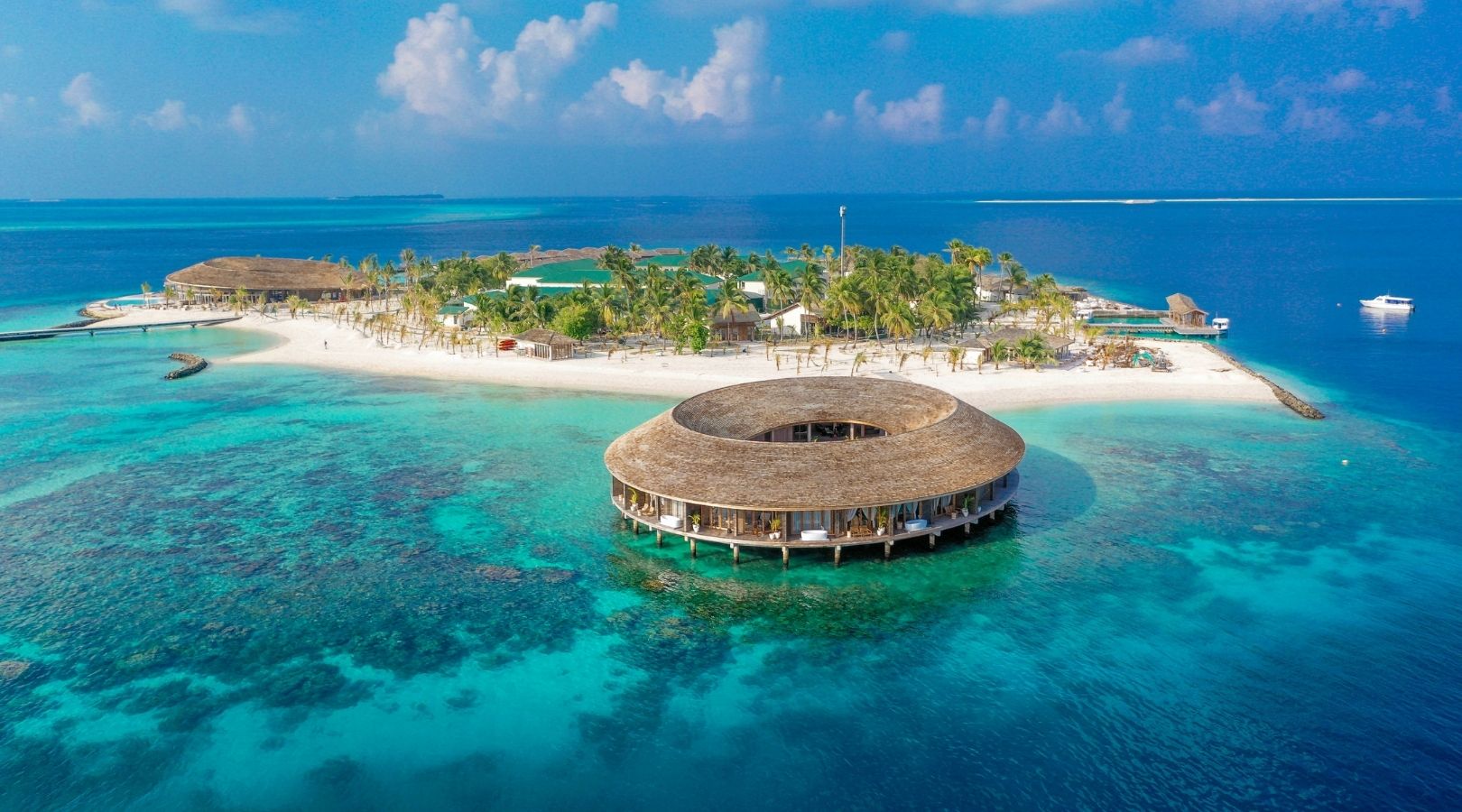
Combining Nature and Guests’ Well-being: Kagi Island Resort’s Key Design Influences
People come to resorts to relax, spend time with nature, and escape the busy life in the city. The owner of Kagi Island Resort aims to provide patrons with a place to unwind and appreciate the pristine nature of the Maldivian island. Yuji Yamazaki Architects designed the resort in Kaafu Atoll, Maldives by combining the island’s nature and the well-being of the guests.
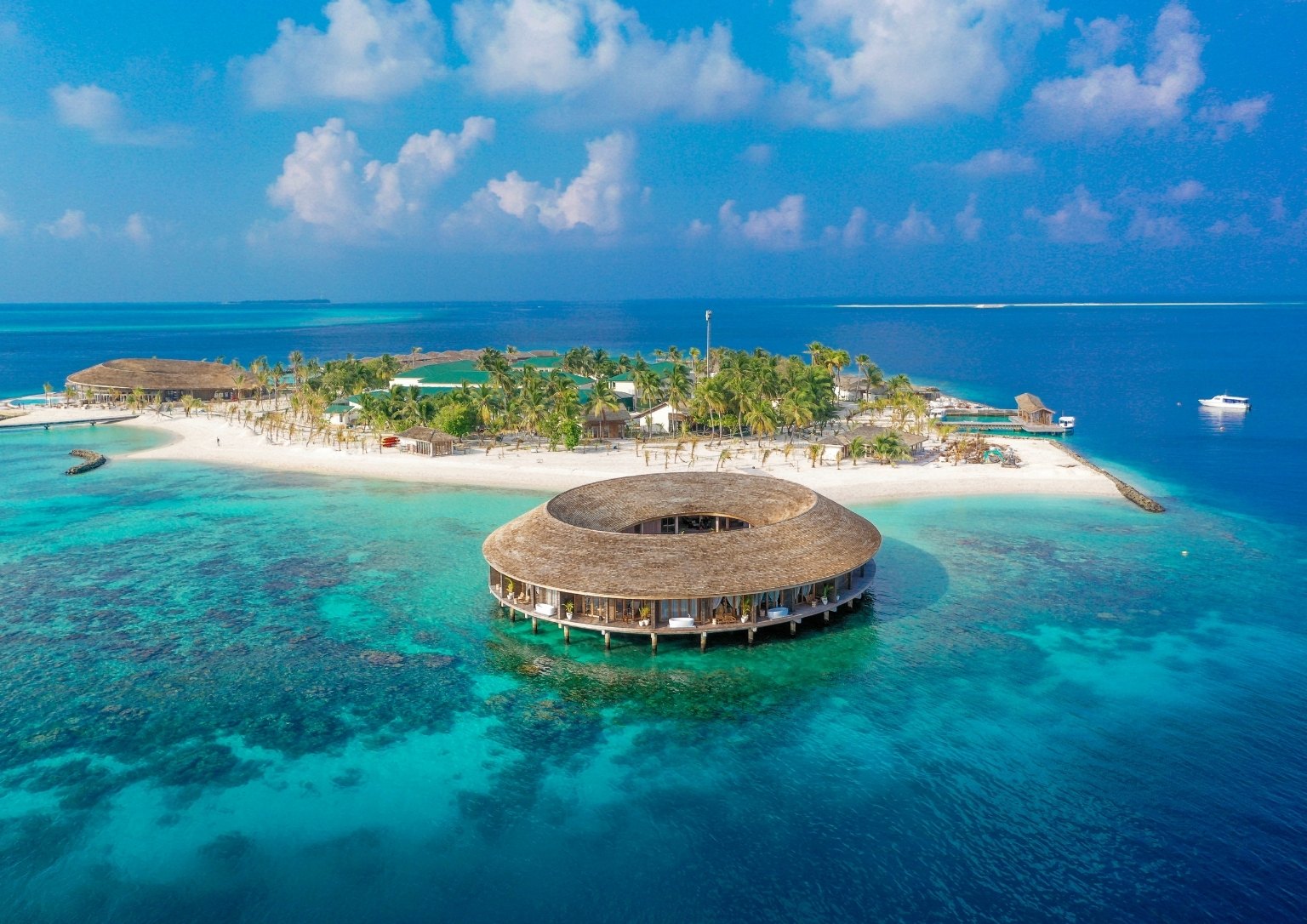
The architect explains that well-being comes from having adequate private space that is safe and open to the surrounding nature. They also believe that is crucial to convey the right balance between the sense of solitude and socialization.
Finding Balance Between Nature and Guests’ Well-Being
One of the challenges for this project is how to optimize the island’s surroundings without compromising the guests’ opportunity to mingle with each other. The architect designed a master plan that maximizes the view from some key locations. They placed 40 villas on the water and 10 on the beach. Each villa has a front deck with a pool facing an unobstructed view of the Indian ocean.
“This is where an ample, safe, private space meets one of the wildest marine life in the world. We hope that the visitors would draw the sense of solitude here, and also the sense of being a part of nature,” the architect explained.
Being on a remote island like the Kagi Island Resort, socialization among guests and staff is essential for the well-being of everyone on the island. From the architectural standpoint, Yuji Yamazaki Architects created two hubs on the island: a spa complex on the south and a restaurant complex on the west. The public buildings are meant to provide enough extra spaces and promote socialization without crowding and privacy without isolation.
The spa complex is an ideal space for guests’ well-being as it provides them with a calm atmosphere. It has a lagoon and a ring-shaped building that form a seamless whole. It contains the Reception, Retail, Wellness Cafe, Treatment rooms, Relaxing Lounges, Gym, Yoga Studio, and steam rooms that are radically arranged. These areas are also supported by a communal open center ‘pod’ for the guests to rejuvenate mind, body, and soul. The whole shell-shaped building is one of the largest spa facilities in the country with a total footprint of 1,400 square meters.
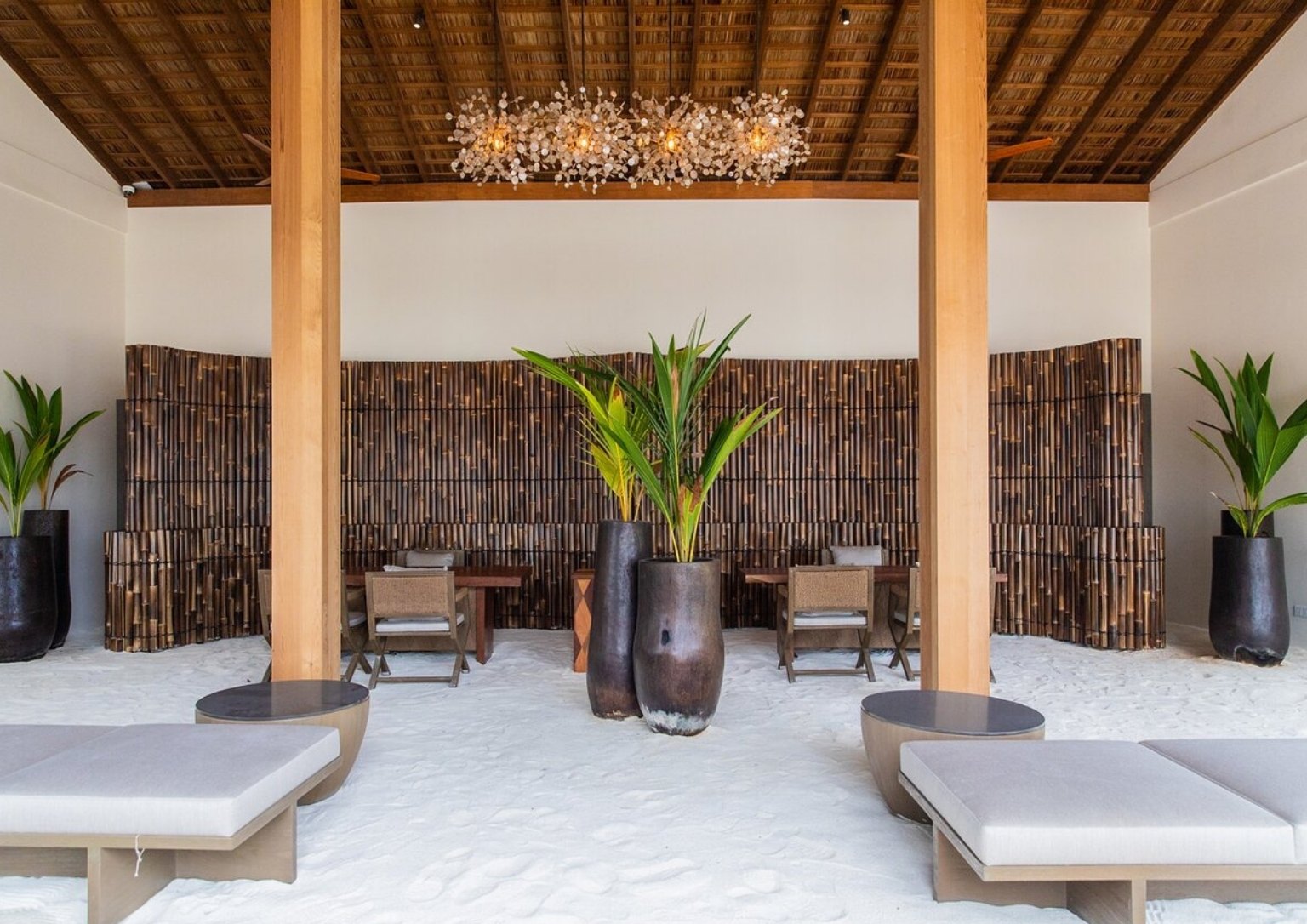
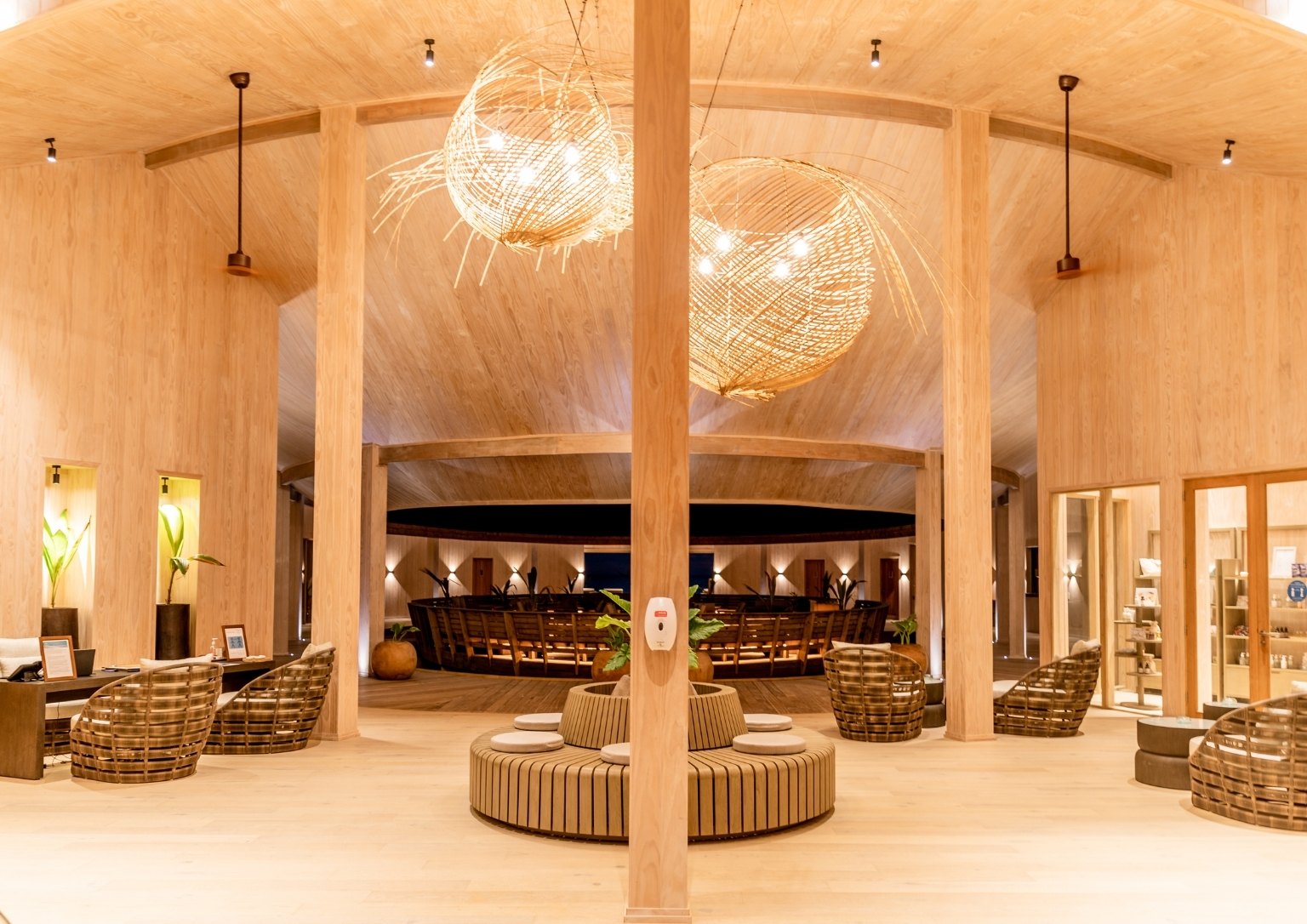
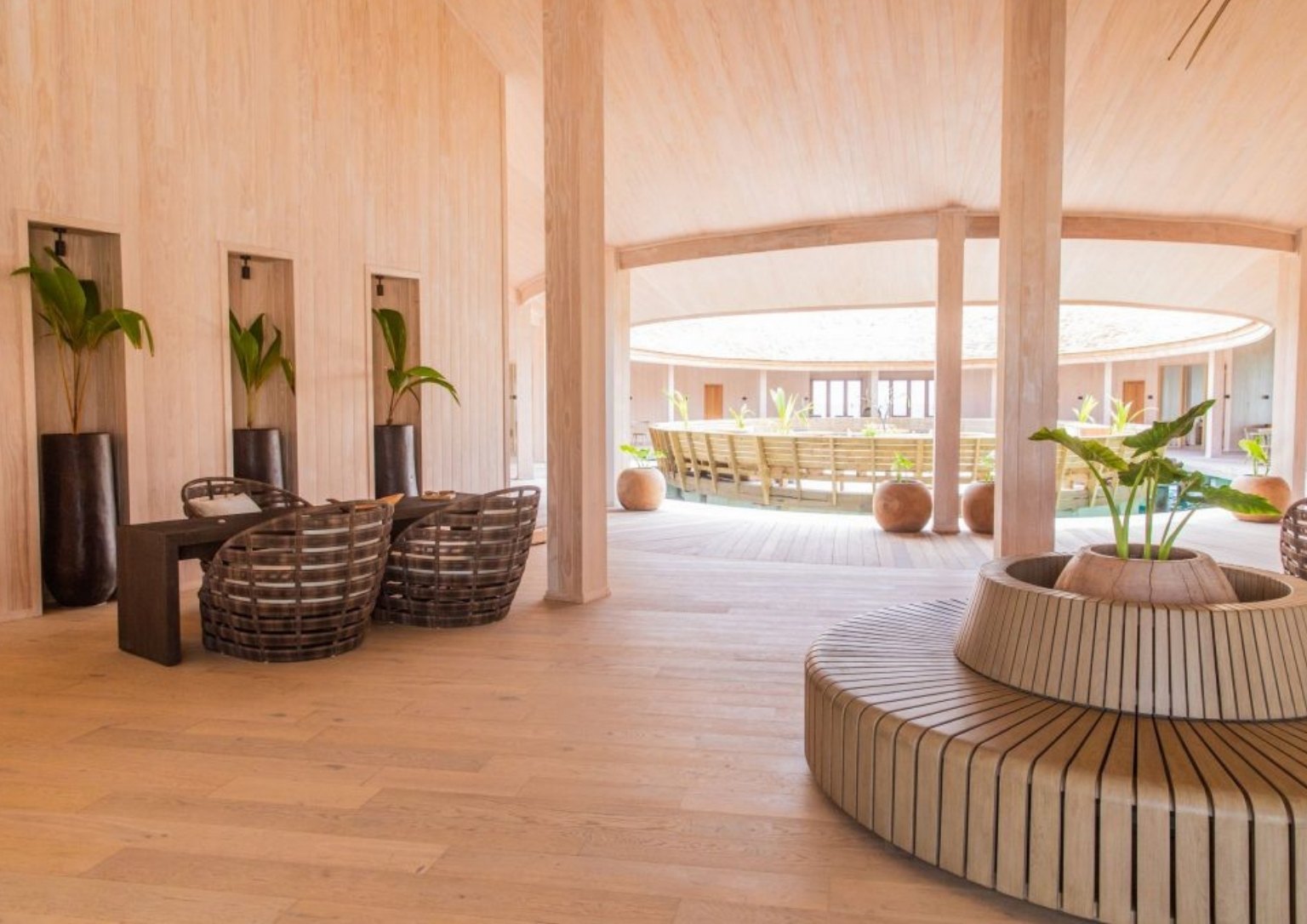
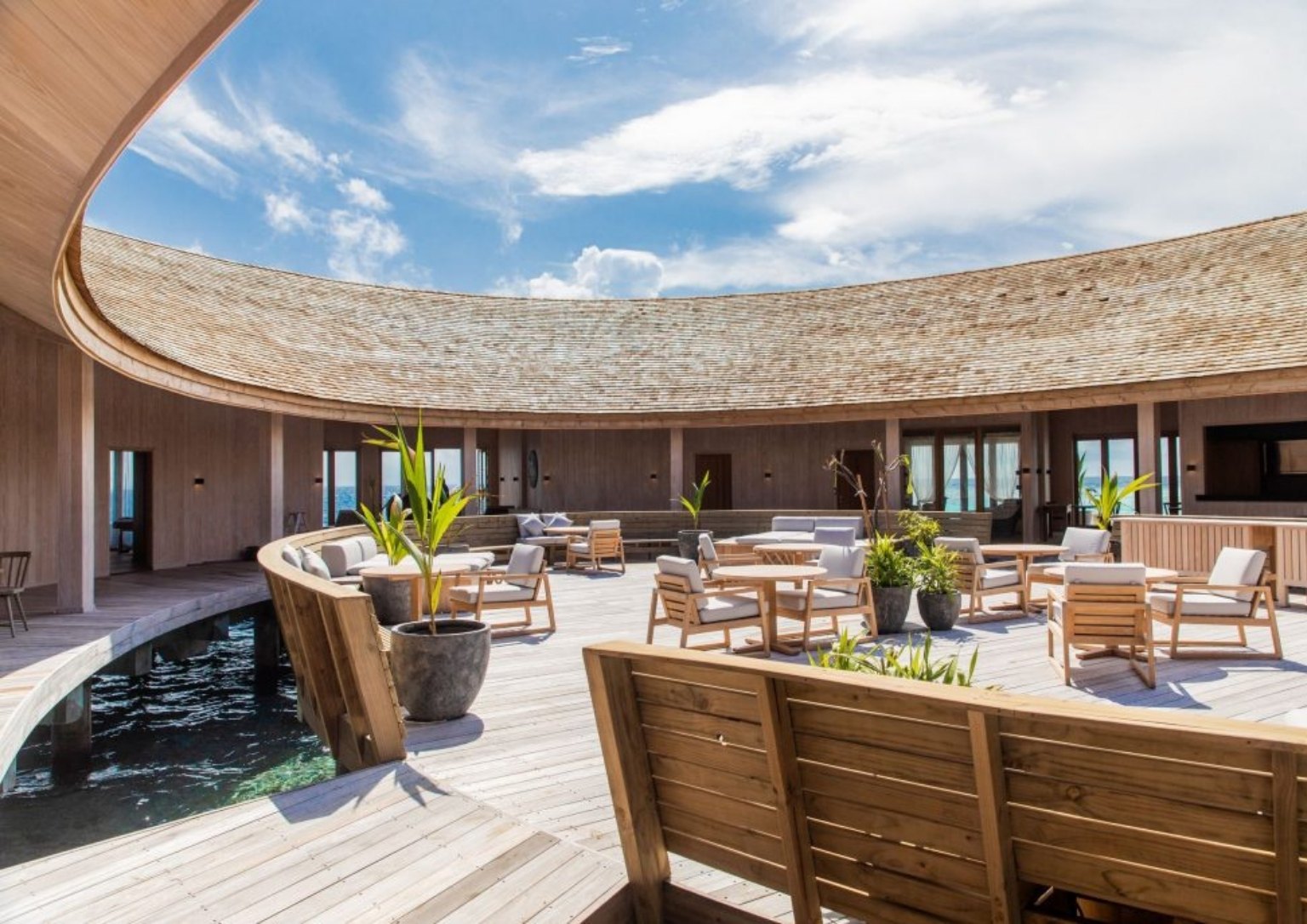
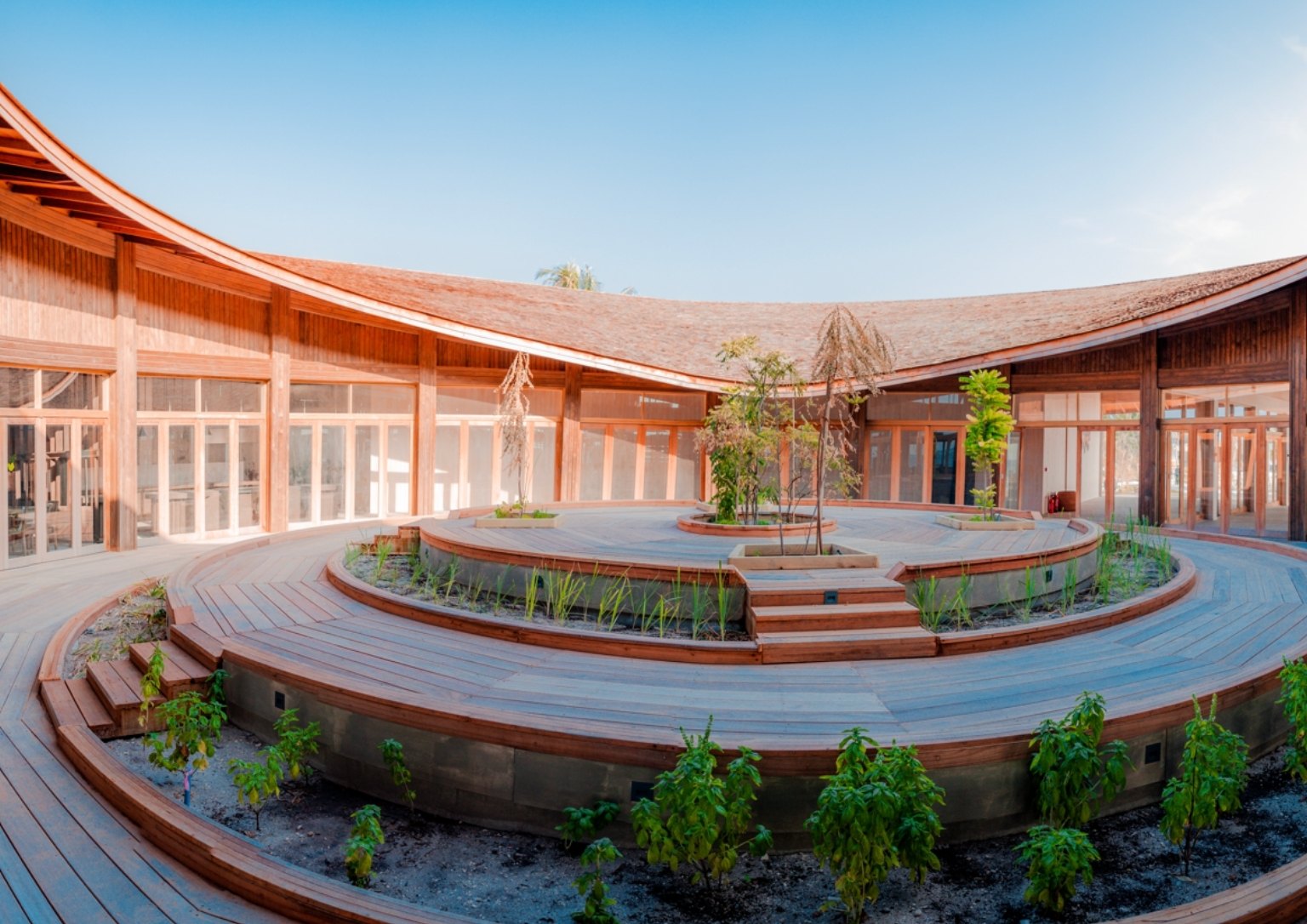
The restaurant complex, meanwhile, contains radically arranged dining rooms, lounges, bar, wine room, and kitchen with a common center of an herb garden to convey a sense of openness. The area showcases the local horticulture and interacts with the guests. The architect also arranged the restaurant and bar seating to provide guests with options of indoor or outdoor, natural breeze or air-conditioned, private or public. The total footprint doubled from the estimated 1,600 square-meter to 3,200 square-meter to accommodate those features and flexibilities.
Sustainability is another factor to consider when designing the resort. The architect used native landscape plant materials to protect the existing ecosystem. The dominant plants in the resort include Coconut Palm (Dhivehi Ruh), Sea Lettuce (Magoo), Iron Wood (Kuredhi), Beach Hibiscus (Digga), and Screwpine (Boa Kashikeya).
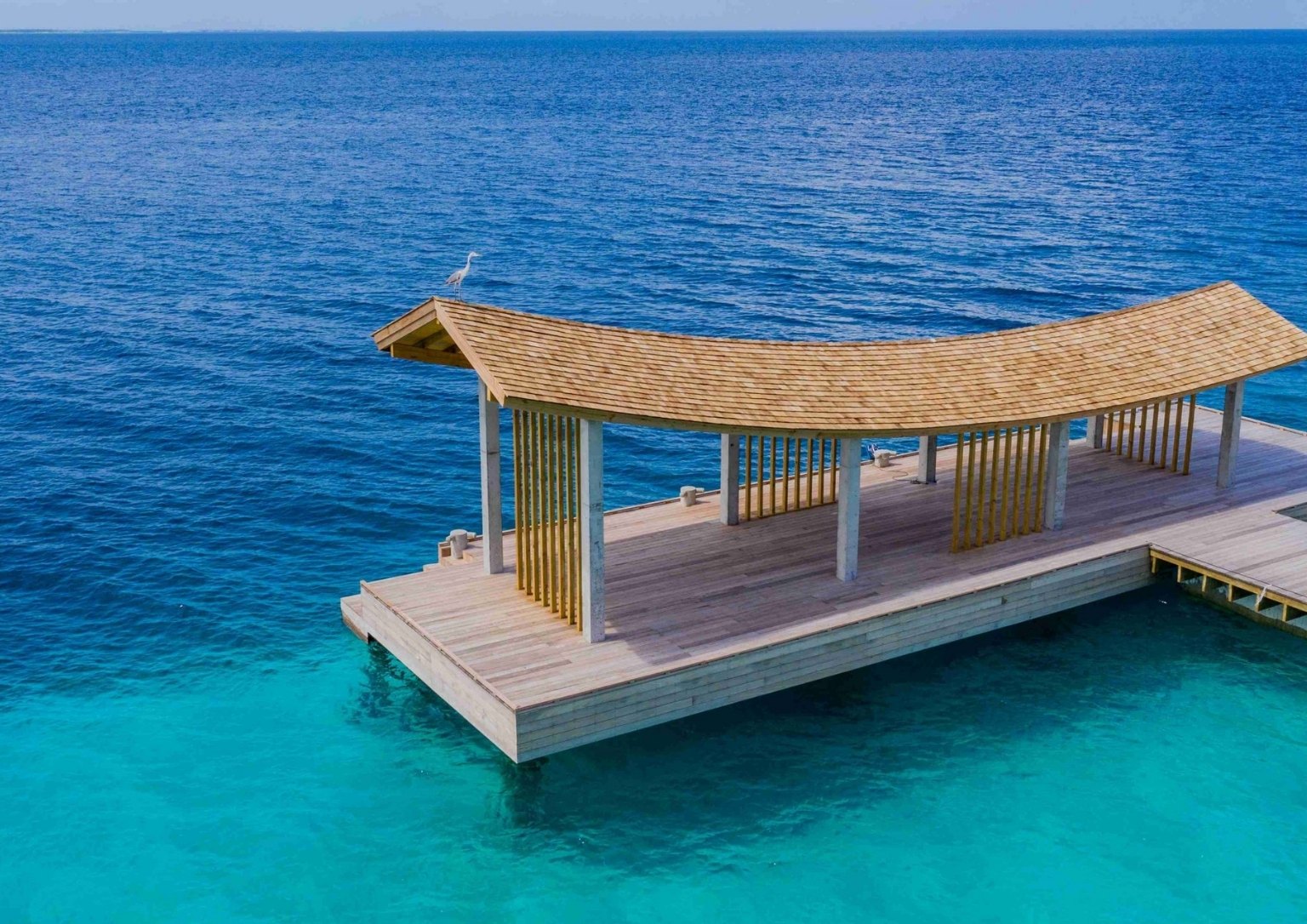
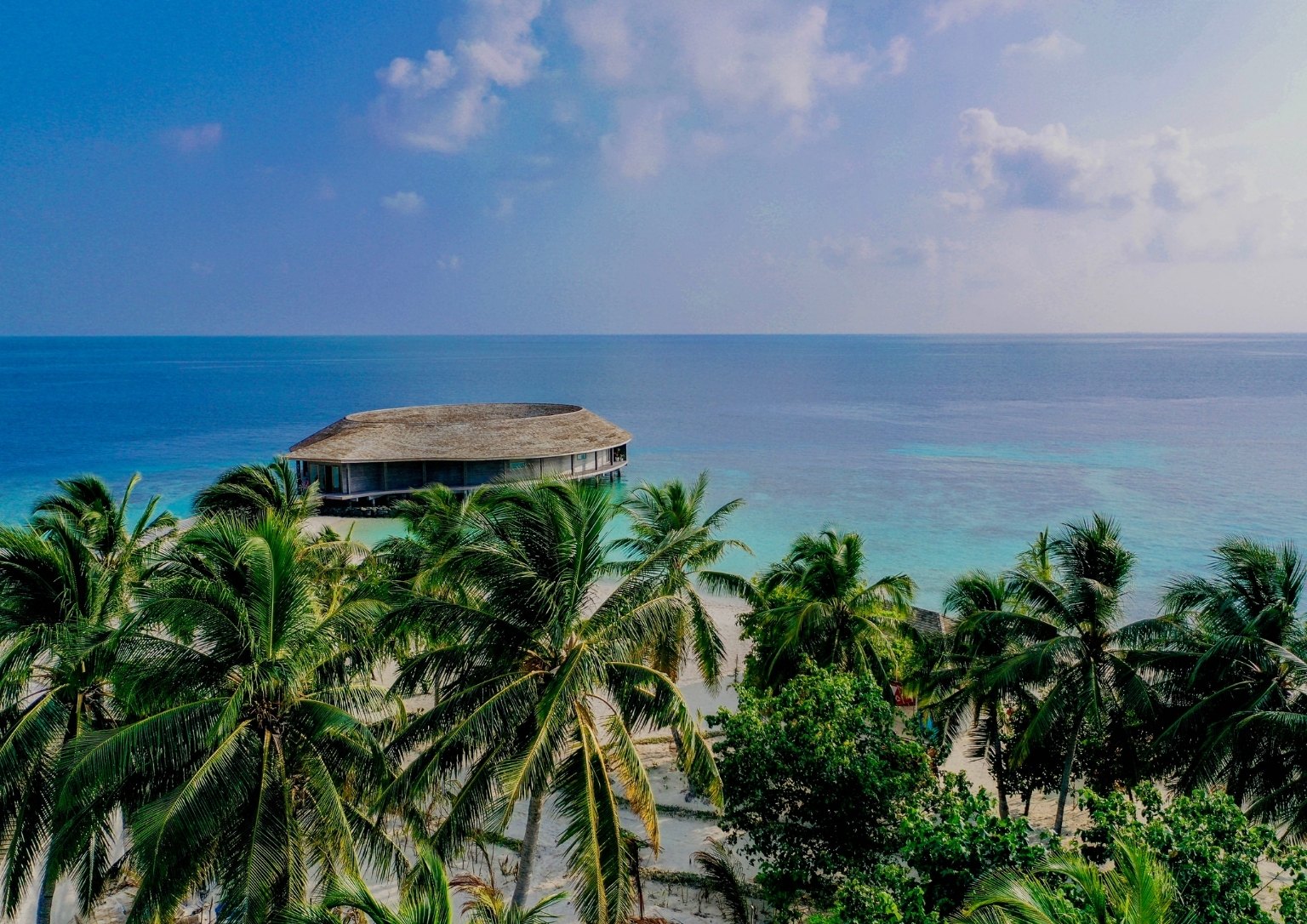


“Often, we see a beautifully manicured landscape with exotic plants in Maldivian resorts, but we believe that the introduction of imported plants may result in unpredicted results within a holistic ecosystem in the country,” the architect said. Additionally, they utilized the existing ecosystem on the island to minimize the change.
